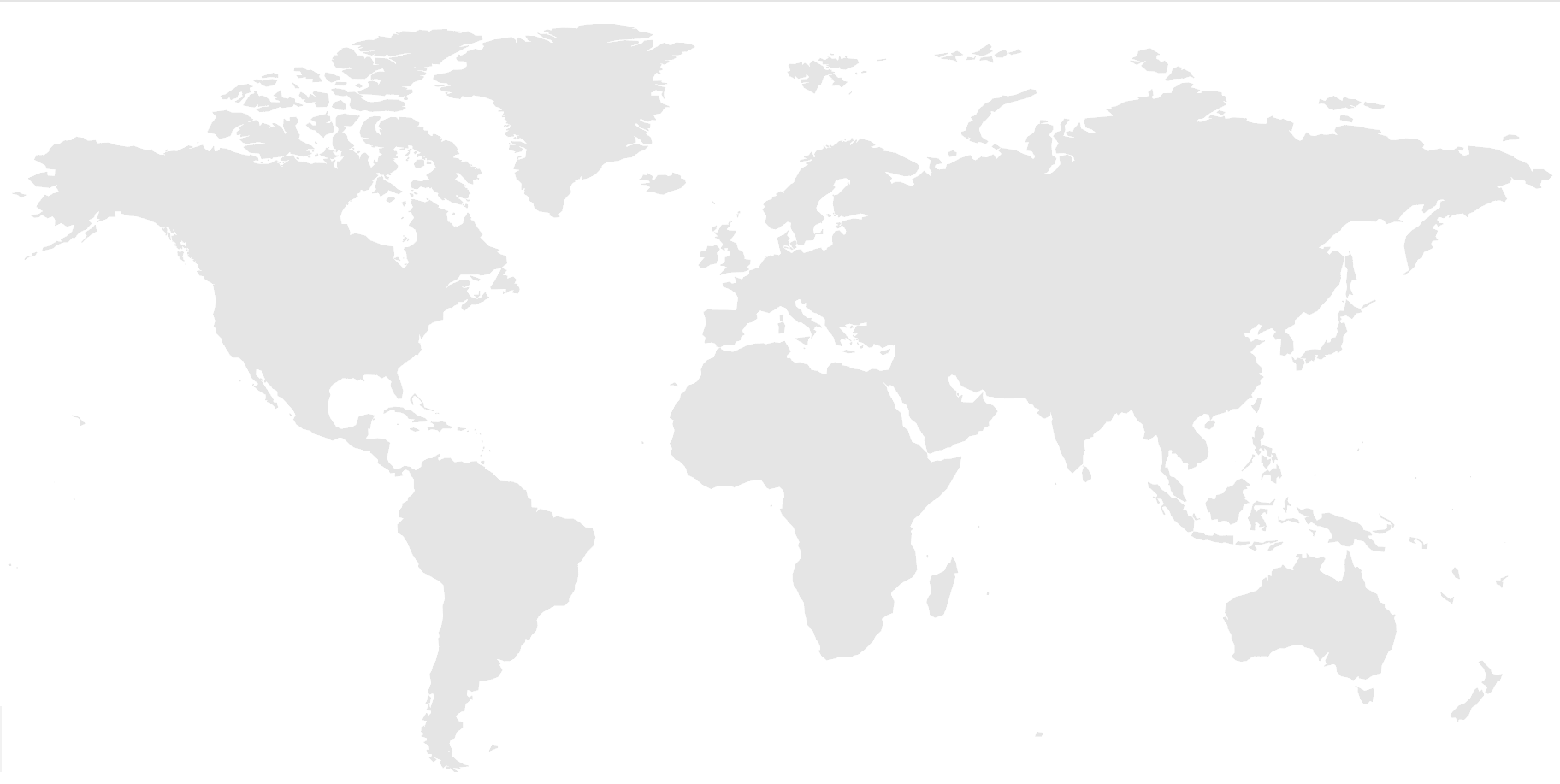Participatory land-use planning and rangeland management are building climate resilience in more than 100,000 people and reducing livestock’s carbon footprint.
In Tanzania, joint village land-use planning and participatory rangeland management practiced on 166,517 hectares of grazing land located in 400,000 hectares of village land in Kiteto and Chalinze districts are benefiting more than 100,000 residents. These methods are instrumental in securing land tenure for pastoralists, improving governance, resolving land-use conflicts, and helping to restore degraded lands. They are enhancing community resilience and climate adaptation and mitigation efforts.
Participatory approaches to land-use planning and management are enhancing tenure security, resolving conflicts and optimizing land use in East Africa’s rangeland communities. Led by ILRI and global and national partners, this strategy has made strides in Ethiopia, Kenya, and Tanzania. In Tanzania, CGIAR’s Joint Village Land Use Planning (JVLUP) innovation, backed by policy and legislation, is enabling communities to protect shared grazing lands and water resources.
Building on the groundwork laid by the CGIAR Research Program on Livestock and related projects, the Livestock and Climate Initiative has helped to secure 400,000 hectares of village land, which includes approximately 166,000 hectares designated for grazing. Not only does this benefit village livestock keepers and pastoralists, but with land-use conflicts reduced, all 100,000 residents directly gain.
After securing grazing lands, the next step involves facilitating Participatory Rangeland Management (PRM). First introduced in Ethiopia and expanded to over 1 million hectares with the support of ILRI and the CGIAR Research Program on Livestock, PRM is a community-led systematic process that generates a rangeland or grazing land management plan. Where necessary, it also facilitates a management agreement between the community and local government to secure rangeland access and usage rights. This is a community-led process, with researchers and practitioners merely facilitating the process. In the Initiative intervention areas, the benefits of the approach have been most recently seen in the clearance of 112 hectares of bush-invaded grazing land by the community, self-mobilized and with minimal external support.
This approach is currently being piloted in Kenya and Tanzania under the Livestock and Climate Initiative. Early assessments in both countries show significant improvements in rangeland conditions, community engagement, rights security, livelihoods, livestock productivity, and women’s participation in decision-making.
Ensuring women’s representation
Both PRM and JVLUP are grounded in principles of good governance and gender equity. Together with the Gender Impact Platform, the Livestock and Climate Initiative is building on CGIAR innovations such as community conversations and women’s leadership forums. Highlighting the impact of these efforts are role models like Paulina Ngurumwa, a community facilitator who represented her community and the Initiative at the Norman Borlaug International Dialogue in Idaho in 2023, and Warda Abdi Andalu, a newly employed woman land-use planning expert.
These strategies have led to significant outcomes, such as more than 30 percent participation of women in decision-making bodies for JVLUP and PRM and women’s assertive collective actions, such as the women-led protest against land encroachment in Kiteto, Tanzania.
Strengthening the policy environment
The continued success of JVLUP and PRM will require an enduring enabling policy environment. Both PRM and participatory land-use planning in pastoral areas are developed with government, NGO and community partners. Holding innovation package scaling workshops has proved useful. A national participatory land-use planning IPSR workshop was held in Tanzania in 2022 and a national PRM IPSR workshop is planned for 2024.
A milestone in commitment by the Tanzanian Government is the memorandum of understanding between its National Land Use Planning Commission and ILRI, which includes co-development of a JVLUP manual, joint research, and co-hosting a national conference in 2024. This commitment is further supported by new investments from the United States Agency for International Development (US$464,487) and the European Commission (US$450,000) toward this Initiative’s partner, the Tanzania Natural Resource Forum.
Expansion across the East and Horn of Africa
The success of these approaches has sparked interest in scaling them across the East and Horn of Africa. The IGAD Center for Pastoral Areas and Livestock Development is collaborating on a PRM manual, planning a regional rollout. Efforts to integrate these management strategies into broader Initiatives such as One Health and to combine them with other innovations such as community livestock breeding programs are also under way.
Last year we had a plan to clear the bush. It is one of our priorities because we have a lot of cattle on our grazing land and it is important to clear the bush so our cows can get the productivity of the land.
Member of ALOLLE Livestock Keepers Association talking on grazing land restoration activities.
IGAD aims to scale up PRM across the region because improved rangeland can contribute to a triple-win: climate change adaptation and mitigation and improved livelihoods.
Dereje Wakjira, director of the IGAD Center for Pastoral Areas and Livestock Develpoment
Header photo: Maasai pastoralists self-mobilize removal of 112 hectares of bush to restore grasses in their shared grazing lands. Birikaa Olesikilal/ILRI.




